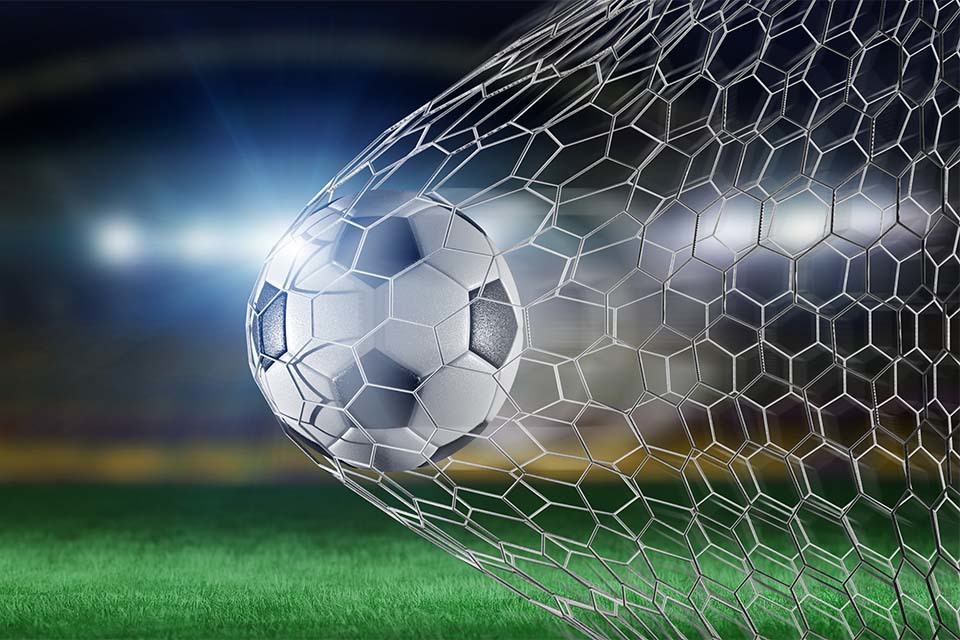If you are the youth 사설토토 coach of a team that plays 8v8, consider a 2-1-3-1 soccer formation consisting of 2 Fullbacks (FB), a Stopper (ST), 3 Midfielders (MF) and a Target Forward. Other 8v8 soccer formations are discussed below.
– Four “layers” of players, which will help you on both offense and defense by giving you more depth than a 3-2-2 soccer formation, a 2-3-2 soccer formation, or other three-layer formations. A 2-1-3-1 soccer formation is strong in the Center (between the 2 goals), which is critical for recreational soccer teams, and the extra depth will reduce the number of easy goals and breakaways that your team gives up. You should give up fewer goals by using this soccer formation.
– A dedicated “Target Forward” who stays Pushed Up toward the Halfway Line when your goal is under attack and shifts from side-to-side with the ball so he or she is in position to win cleared balls. This also has the advantage of keep opposing Fullbacks from pushing onto your half of the field and give you a breakaway threat for fast counterattacks.
– If you put a very strong player at Center Midfield (CMF) and a very strong player at Stopper it will help you control the Center of the Field, which is critical.
– You can put your weakest players at Right Midfield and Left Midfield and even weak players there might be able to help slow down attacks by the opposing team.
– A Recreational soccer team that has strong players at Stopper, CMF and Forward should be competitive.
If you are a youth soccer coach, in any of the 8v8 soccer formations you should consider:
– It is very important for you to have brave Fullbacks. You can play a slow and unskilled player at FB as long as he or she is brave and can clear the ball and you don’t Push Up your FBs past the Penalty Box line. If you Push Up your FBs to the Halfway Line they need to be fast.
– Who to play in goal involves trade-offs – In Rec soccer it usually is better to play a great athlete or a great field player in the field than at Goalie. Coaches have tested this and found that a great athlete makes much more of a difference at Stopper than at Goalie – a great Stopper can make a 2 or 3 goal difference. I wouldn’t make anyone play Goalkeeper who doesn’t want to do it because there is too much chance they will resent it or be bored and not do a good job. If you don’t have enough players who want to play Goalie, try to find a way to motivate players to want to play there. I see nothing wrong with one player playing Goalie, but you will need a back-up. Here are 2 ideas for encouraging players to want to play Goalkeeper: 1. After every game thank the Goalie(s) in front of the team and parents and praise them. Most goals are not the Goalie’s fault – if defenders did a good job the ball would never get to the Goalie. 2. Designate a special iron-on “Goalie” incentive patch from Soccer Help or other sources.
– Use the “Dribble Around Cone & Pass Relay Race” soccer drill to teach One-Touch play and Aggressive Receiving.
– Try the “Shoulder Tackle & Strength on the Ball” soccer drill at your next few practices, it makes a difference and is fast and easy. It will teach your players how to shoulder tackle and how to withstand a shoulder tackle.
– Try the “Win the 50/50 Ball or be the First Defender One v One Attacking & Defending” soccer drill.
– Try” Dribble Across a Square” soccer drill at the first of every practice as a warm-up, twice with a square 10 steps wide (to teach Control Dribbling) and twice with the square 17 steps wide to teach recognition of Open Space and acceleration into Open Space, which teaches “breakaways”.
– Spend about 15 minutes before or after practice teaching your Goalies the basics. What you should teach is described in other articles I have written.
Other 8v8 soccer formations that you might consider are a 2-1-2-2 (2 Fullbacks, a Stopper, 2 Midfielders and 2 Forwards), a 1-2-2-2 (a Sweeper, 2 Fullbacks, 2 Midfielders and 2 Forwards), and a 1-2-3-1 (a Sweeper, 2 Fullbacks, 3 Midfielders and a Target Forward). The formation you choose should be based on the abilities, speed and endurance of your players and the speed and ability of the opposing team.
